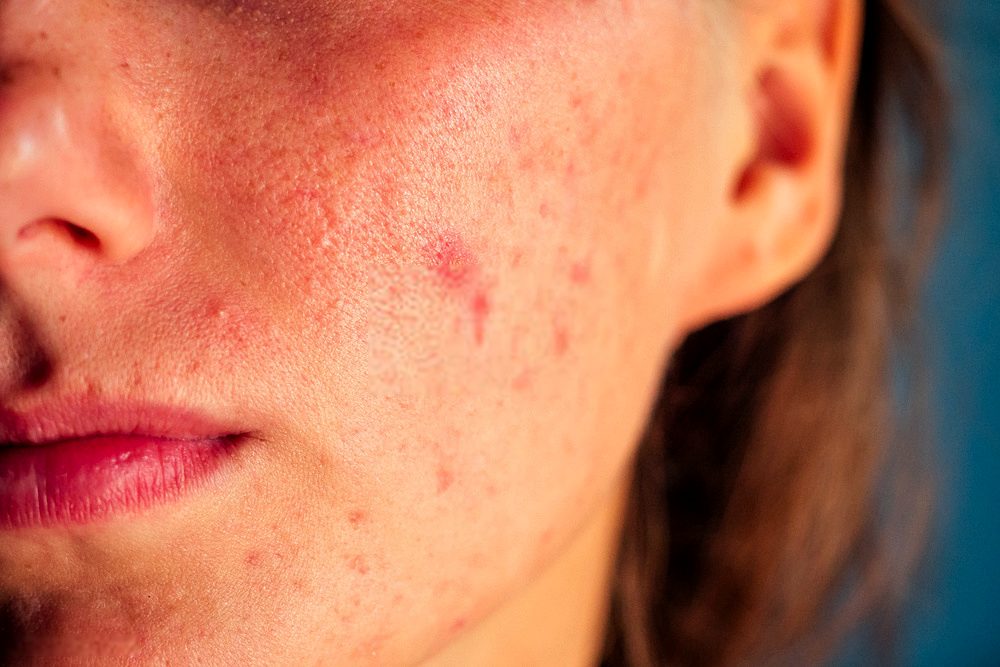Azelaic acid is relatively unknown, but can be very effective in treating skin conditions such as acne. You can find out everything about acid here.
Azelaic Acid: What is Behind It?
- Azelaic acid is a saturated dicarboxylic acid and presents itself as a white, odorless solid. The acid is found in grasses such as wheat, rye or barley.
- But what makes this acid so special? First and foremost, it can help reduce pigmentation marks on the skin. In addition, azelaic acid makes the skin smoother and more evenly coloured.
- For skin care products, mostly synthetically produced variants are used, as they offer advantages in terms of effectiveness and consistency. Products with a concentration of more than 10 percent are generally only available on prescription. However, even considerably smaller amounts may have positive effects on the skin.
- However, there are only a few brands that have discovered the active ingredient for themselves and use it. This is partly because an incorrect dosage in the manufacturing process quickly leads to a granular product that causes rather than relieves skin problems.
The Effect of Azelaic Acid
- Azelaic acid can have a direct influence on the microbial skin flora. There it can inhibit the bacterium Propionibacterium acnes which is often present in the skin.
- The acid reduces free fatty acids, which are primarily responsible for pain caused by reddened and inflamed areas.
- Azelaic acid regulates the cornification disorders (hyperkeratosis), which often serve as a trigger for acne. The maturation of skin cells is inhibited by the acid and the scales of the skin can loosen more easily.
- Azelaic acid can also strengthen your skin in the presence of rosacea (skin disease) and reduce pimples and impurities.
Application of Azelaic Acid
- Products with the active ingredient azelaic acid are usually available in the form of creams or gels. Important: Wash your skin before application and let it dry thoroughly. Use about half a gram for the entire face.
- You can still adjust the dosage depending on the reaction of the skin. If irritations occur, reduce the amount accordingly. Use the cream or gel twice a day, preferably in the morning and evening. There should be a visible improvement within four weeks.
Possible Side Effects of Azelaic Acid
- Rashes
- Itching
- Shed
- Drought
- Burning or stinging sensation on the skin
Tips for Use
- You should avoid azelaic acid during pregnancy or while breastfeeding as well as for generally very sensitive skin.
- The eyes can easily become inflamed when in contact with the acid. Therefore, keep sufficient distance to them during application.
- If you experience strong side effects, first reduce the amount of cream and apply it only once a day in the second step.

